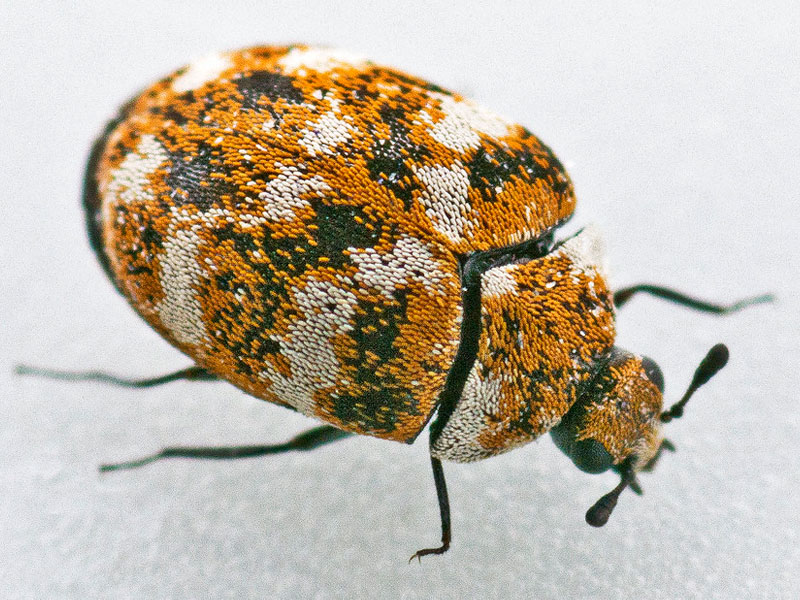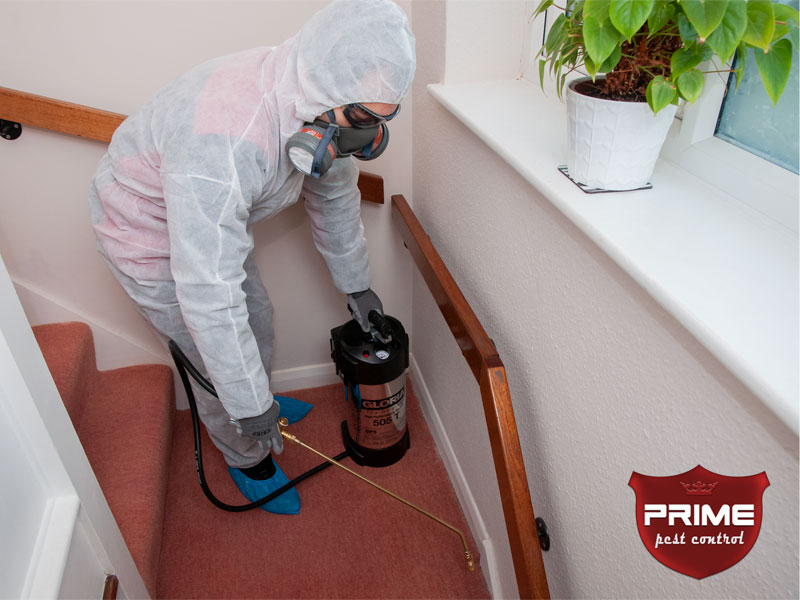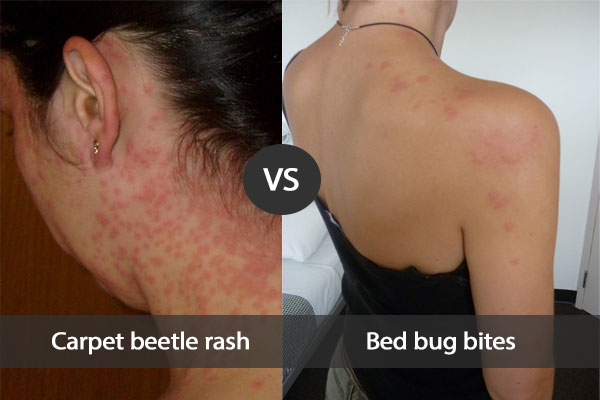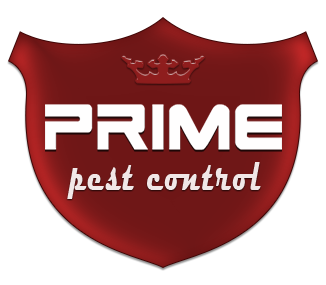Carpet beetle infestation

Spotting a textile pest infestation may be not be as difficult as you may think. There are certain signs, which you might be able to spot and identify the presence of a Carpet beetle infestation yourself before it is too late. Regular checks can greatly reduce the development of textile pest infestations and thus reduce the damage they can cause to your textiles (woollen, silk, leather, etc..). The carpet beetles are being introduced to the property, in nearly all cases, through opened doors and windows, when the adult beetle flies or crawls in.
If there is a carpet beetle infestation that is already established, the beetle will lay the eggs on a food source, where the larvae can then feed on, e.g. wool, fur, leather, feather, silk, etc… It takes about two weeks for the eggs to hatch. This would happen usually in dark and secluded places, as they are preferred by the carpet beetles. When pupation is about to happen, the larvae would burrow deeper into the food source/textile or move elsewhere, where a new food source is available. When mature, the carpet beetle prefers sunlight and changes its food preference from textiles and natural fabrics to plants and pollens.
Carpet beetle control
Carpet beetles and textile pests in general are usually found in flowers, pollen and shrubs, as well as birds’ nests. When carrying flowers home you can easily bring an adult beetle to your property and start a textile pest infestation. Another way of starting a textile pest infestation at your property is to let birds nest in your loft, around your rooftop or in the yard. Some species of carpet beetles settle in birds’ nests and the birds may occasionally drop them when moving around in their nests.
Regular checks for the typical signs and hoovering of the textiles and upholstery would help you to reduce the opportunity of developing a textile pest infestation. Taking extra care when emptying the contents of the hoover would ensure that no eggs are dropped out if any have been trapped during vacuum cleaning.

When dealing with a textile pest infestation, our team of professionally-trained pest technicians by the British Pest Control Association (BPCA) perform a thorough inspection to locate the source, the level of the infestation and the different hideouts, as well as the kind of pest we are dealing with. According to your specific needs and requirements the pest controller would suggest the most suitable way for extermination. In some cases proofing of the property against insects will ensure a more long-lasting effect after the treatment, by blocking any future access of pest insects. The next step will be to decide on the most suitable treatment, whether it would be an insecticide spray treatment, which causes no harm to your textiles or a steam treatment, which eliminates all life stages of the carpet beetles and refreshes the overall appearance of your carpets, upholstery, etc..
All treatments that Prime Pest Control provide are legally compliant and performed by professionally trained pest technicians with years of experience in the extermination of textile pests in London and the surrounding areas.
About carpet beetles
Textile pests are part of our everyday lives. In London and the surrounding areas, the most popular textile pests are the varied carpet beetle, the fur beetle and the leather beetle. There are two other species of these beetles but they are not very popular in the UK. They are the furniture carpet beetle and the black carpet beetle.
The carpet beetles belong to the family of the dermestids. They are considered pests because they scavenge natural fibers, where the beetles in their larval stage damage the textiles. Typical textiles preferred by the carpet beetles are silk, wool, feathers, fur and animal hairs, etc… The adult stage of the beetles feed primarily on flowers and do not cause any harm to the textiles.
The larva of the varied carpet beetle is the main target pest, often found in domestic premises. It is introduced in the property when an adult beetle flies in from outside, through an opened window or a door. This species is also found in commercial properties, that deal with textiles. The larval stage of the fur carpet beetle typically settles in furs, wool carpets, silk, etc.. The larvae of the leather beetle prefer settling down in violin cases, where they feed on the hair of the bow. This has given a nick name to this type of beetle – ‘bow bug’.
Carpet beetle larva or "woolly bear"

Types of carpet beetles, common to the UK and London
The three types of carpet beetles that we are dealing with in London, have a relatively similar life cycle – usually one generation per year, rarely two, when the temperatures are higher. The adult carpet beetle would lay sometimes even more than a 100 eggs at a time in a textile, where the larva can feed, e.g. in carpets, wool, silk, furs, etc… The eggs will hatch into larvae within 7 to 35 days after being deposited and then feed for a varied period of time, depending on the species and the environmental conditions. Usually, the carpet beetle nesting areas are dark and secluded. The next development stage of the carpet beetle is the pupa. When it is reached, the larvae may burrow deeper into the food source or move somewhere else. In case of no shelter, the pupation may take place in their last larval skin. The last stage of the development of the carpet beetle are the adults. They feed on flowers and shrubs, which is one of the ways for people to bring them into their properties. Typical signs of a present carpet beetle infestation would be their faecal pellets (usually about the size of salt grains) and shed skins.
Varied Carpet Beetle
The varied carpet beetle or Anthrenus verbasci is typically coloured in black, yellow and white pattern. The adult is about 3 – 4 mm long and has a similar shape to a ladybird. The colour of the adult form is solid brown or black. The mature larvae are longer than the adult beetles – 5 – 6 mm long. They are covered with hair tufts, unlike their adult forms. They can form a round plume with these hair tufts when disturbed. The pupa of the varied carpet beetle is formed inside the last larval skin. It remains in this stage for a period of 10 to 30 days, depending on the environmental conditions.
Fur Beetle
Attagenus pellio also known as the fur carpet beetle and it has an elongated shape. It is dark reddish-brown to black in colour and has two white spots on its wings. The adult form is slightly larger than one of the varied carpet beetle – 4 – 6 mm in length and the larva is larger in size as well – up to 6 mm. The pupa of the fur beetle is formed in the last larval skin, similarly to the varied carpet beetle. The fur beetle can readily fly. This makes it easier for it to mate outside and then fly inside to nest.
Leather Beetle
Dermestes maculatus or the leather beetle is popular for settling into violin cases, where it feeds on the hairs of the bows. This has given its nickname – the ‘bow bug’. This type of textile pest is the largest of the three beetles. The adult form can reach length of 6 – 10 mm. It is dark brown to black in colour on its upper part and white on the bottom. Similarly to the fur beetle, the leather beetle has an elongated shape. The larva of the leather beetle is similar in colour and shape to its adult form but in addition, it has an orange line on the upper side of its back. The leather beetle is able to fly, similarly to the fur beetle and the pupation takes place in solid materials.

Do you wonder what is causing the bites? Carpet beetle rash VS. Bed bug bites
Very often our customers confuse a rash caused by carpet beetle larvae and call us out suspecting a bed bug infestation. Apparently, most of us have an allergic reaction to the hairs or bristles of the carpet beetle larvae and the result is a rash that resembles bed bug bites. There is a major difference, since bed bugs suck blood and do actually bite, unlike the carpet beetle larvae, which is just causing a dermatitis. This reaction however, could be worse than the reaction caused by the bed bug saliva, as shown on the image. Carpet beetles are a common issue in London and the UK, since a lot of floors are carpeted and it is very difficult to prevent an adult carpet beetle from flying into your property. We deal quite successfully with this pest by applying heat, residual spray and general insect proofing of the property, as part of the best practices and integrated pest management. For any enquiries please call our office numbers and for more information you can read our article “Carpet beetle rash VS. Bed bug bites”.
